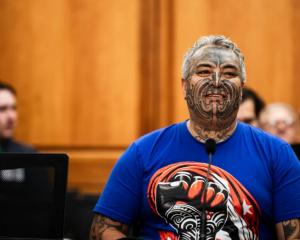
The increases to benefits are larger than they would have been if they remained linked to the consumer price index — 3.09 per cent instead of 1.66 per cent.
For example, a person on a sole parent support benefit will have an increase of $10.48 a week.
Under the previous indexation, it would have been only $5.64 a week.
A single disabled person will get an extra $8.44 a week more, and a jobseeker beneficiary aged 25 or over will get $6.78 more. The rises take effect on April 1.
Indexing benefits to the average wage was announced in last year's Budget although the Ministry of Social Development is not yet able to say what the annual cost of the actual increases will be. Rises in NZ Superannuation are already indexed to the average wage.
Its increase this year will be a little less than the 3.09 per cent of beneficiaries, and a little more than 3 per cent, although MSD is not yet able to say what.
However Social Development Minister Carmel Sepuloni said super would remain at the 66 per cent of the average wage, the guaranteed minimum for superannuation.
Overall, increases will be made to more than 1.2 million people — either the 800,000 receiving NZ Super or the veteran's pension; or 310,000 on main social welfare benefits, including jobseeker support, sole parent, supported living and youth payment.
The 60,000 students receiving a student allowance or 70,000 receiving supplementary aid such as an accommodation supplement will receive a lesser increase — they are still indexed to the consumer price index.
The increases are the largest since the Bill English Budget of 2015, which increased benefits by $25 a week for beneficiaries with dependent children. Not counting that increase, it is the largest increase in benefits in nine years.
April 1 will also see an increase in abatement thresholds in line with movement in the minimum wage, meaning that beneficiaries will be able to earn more in part-time work before their benefit starts being reduced.
For example, sole parents will be able to earn $115 of other income a week instead of $100 before their incomes start abating.












